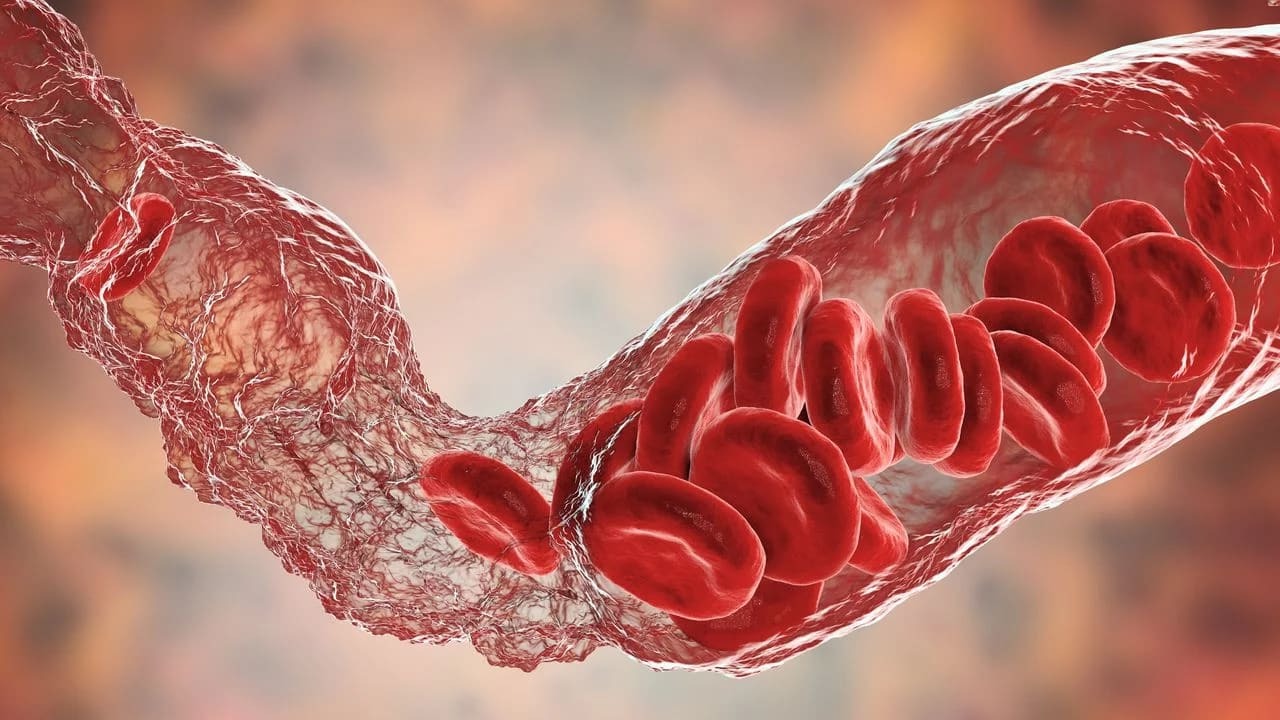
Antithrombin deficiency is a rare genetic disorder that affects the body's ability to regulate blood clotting. People with this condition have a higher risk of developing abnormal blood clots, which can lead to serious health issues like deep vein thrombosis or pulmonary embolism. Antithrombin is a protein in the blood that helps prevent clot formation by inhibiting certain enzymes involved in the clotting process. When levels of this protein are low, clots can form more easily and pose significant health risks. Understanding the facts about antithrombin deficiency can help in managing the condition effectively and improving quality of life.
What is Antithrombin Deficiency?
Antithrombin deficiency is a rare genetic disorder that affects the blood's ability to regulate clotting. This condition can lead to an increased risk of developing abnormal blood clots, which can be life-threatening. Let's dive into some fascinating facts about this condition.
-
Antithrombin deficiency is a genetic disorder. It is usually inherited in an autosomal dominant pattern, meaning one copy of the altered gene in each cell is enough to cause the disorder.
-
Antithrombin is a protein in the blood that helps regulate blood clotting. It works by inhibiting thrombin and other enzymes involved in the clotting process.
-
There are two types of antithrombin deficiency: Type I and Type II. Type I involves a reduced amount of antithrombin, while Type II involves a dysfunctional antithrombin.
-
Type I antithrombin deficiency is more common than Type II. In Type I, the body produces less antithrombin than normal.
-
Type II antithrombin deficiency involves normal levels of antithrombin, but the protein does not function properly.
Symptoms and Diagnosis
Understanding the symptoms and how antithrombin deficiency is diagnosed can help in managing the condition effectively.
-
Common symptoms include deep vein thrombosis (DVT), which is a blood clot in a deep vein, usually in the legs.
-
Another symptom is pulmonary embolism (PE), a condition where a blood clot travels to the lungs, causing severe complications.
-
Recurrent miscarriages can also be a symptom of antithrombin deficiency in women.
-
Diagnosis often involves a blood test to measure the level and activity of antithrombin in the blood.
-
Genetic testing can confirm the diagnosis by identifying mutations in the SERPINC1 gene, which is responsible for producing antithrombin.
Treatment and Management
Managing antithrombin deficiency involves a combination of lifestyle changes and medical treatments to reduce the risk of blood clots.
-
Anticoagulant medications like heparin and warfarin are commonly used to prevent blood clots.
-
Compression stockings can help improve blood flow in the legs and reduce the risk of DVT.
-
Regular monitoring by a healthcare provider is essential to manage the condition effectively.
-
Lifestyle changes such as maintaining a healthy weight, staying active, and avoiding smoking can help reduce the risk of blood clots.
-
In some cases, antithrombin concentrates may be administered during high-risk situations, such as surgery or childbirth.
Genetic Aspects
The genetic components of antithrombin deficiency play a crucial role in understanding the condition and its inheritance patterns.
-
The SERPINC1 gene provides instructions for making antithrombin. Mutations in this gene lead to antithrombin deficiency.
-
Autosomal dominant inheritance means that if one parent has the condition, there is a 50% chance of passing it on to their children.
-
Spontaneous mutations can also cause antithrombin deficiency, even if there is no family history of the disorder.
-
Genetic counseling can help families understand the risks and implications of inheriting antithrombin deficiency.
-
Prenatal testing is available for families with a known history of the condition to determine if the fetus has inherited the disorder.
Complications and Risks
Antithrombin deficiency can lead to several complications if not managed properly. Understanding these risks can help in taking preventive measures.
-
Thrombophilia is a condition where the blood has an increased tendency to form clots, often seen in individuals with antithrombin deficiency.
-
Stroke is a potential complication if a blood clot travels to the brain.
-
Heart attack can occur if a blood clot blocks a coronary artery.
-
Post-thrombotic syndrome is a long-term complication of DVT, causing pain, swelling, and skin changes in the affected limb.
-
Chronic thromboembolic pulmonary hypertension (CTEPH) is a rare but serious condition where blood clots cause high blood pressure in the lungs.
Living with Antithrombin Deficiency
Living with antithrombin deficiency requires ongoing management and awareness to lead a healthy life.
-
Regular exercise can help improve circulation and reduce the risk of blood clots.
-
Healthy diet rich in fruits, vegetables, and whole grains can support overall health and reduce clotting risks.
-
Avoiding prolonged immobility, such as during long flights or car rides, can help prevent blood clots.
-
Staying hydrated is important as dehydration can increase the risk of blood clots.
-
Education and awareness about the condition can empower individuals to take proactive steps in managing their health.
Understanding Antithrombin Deficiency
Antithrombin deficiency, though rare, plays a significant role in blood clotting disorders. Knowing the symptoms and risk factors can help in early detection and treatment. Regular check-ups and genetic counseling are crucial for those with a family history of this condition. Treatments like anticoagulants and lifestyle changes can manage the risks associated with this deficiency.
Staying informed about antithrombin deficiency empowers individuals to take proactive steps in their health journey. If you suspect you or a loved one might have this condition, consult a healthcare professional for proper diagnosis and management. Remember, knowledge is power, especially when it comes to your health.
By understanding the facts and taking appropriate actions, you can lead a healthier life despite the challenges posed by antithrombin deficiency. Stay vigilant, stay informed, and prioritize your well-being.
Was this page helpful?
Our commitment to delivering trustworthy and engaging content is at the heart of what we do. Each fact on our site is contributed by real users like you, bringing a wealth of diverse insights and information. To ensure the highest standards of accuracy and reliability, our dedicated editors meticulously review each submission. This process guarantees that the facts we share are not only fascinating but also credible. Trust in our commitment to quality and authenticity as you explore and learn with us.


